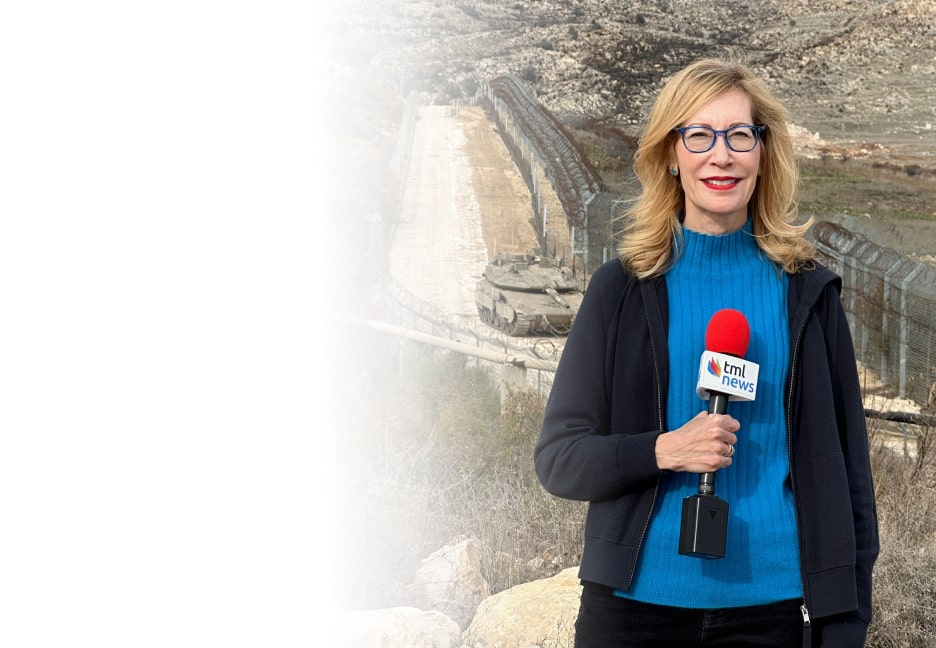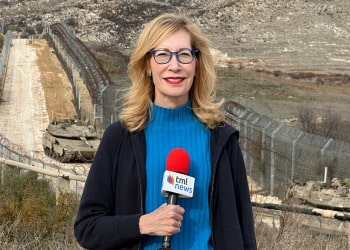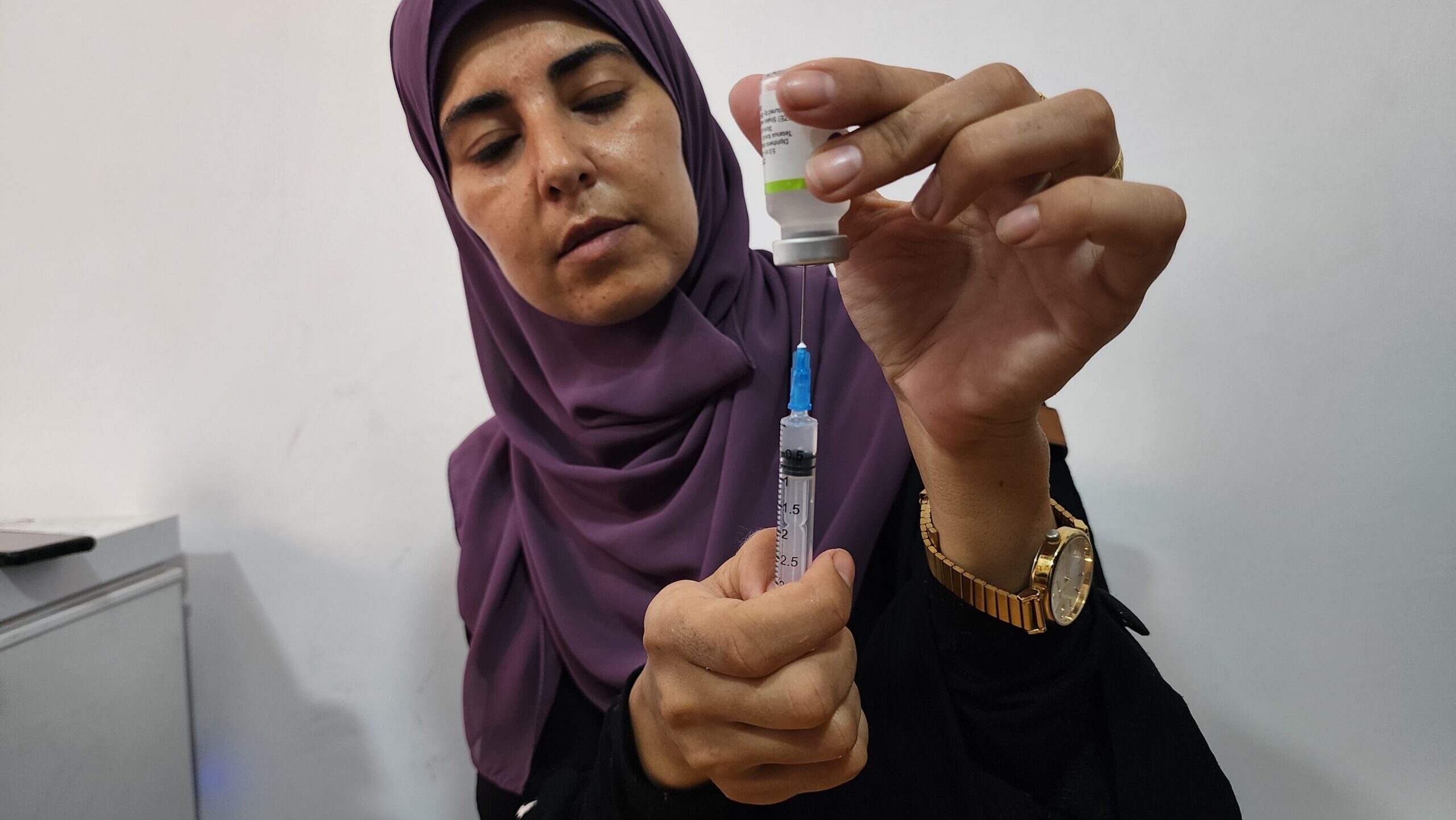Understanding the Type 2 Polio Threat in Gaza: An Explainer
A recent detection of type 2 polio in a Gaza infant marks the first case in 25 years, sparking concern over a potential outbreak. The ongoing conflict has crippled healthcare infrastructure, making the region vulnerable
A recent case of type 2 polio in a 10-month-old baby in Gaza has sparked urgent concern among global health organizations. This is the first case of type 2 polio in the territory in 25 years, highlighting the severe risks of a potential outbreak in the region, particularly amid the ongoing conflict.
On July 16, 2024, the Global Polio Laboratory Network reported the detection of six cVDPV2 isolates in environmental samples collected from Deir al-Balah and Khan Yunis in Gaza. These samples showed a close genetic linkage, indicating that the virus circulating in Gaza may have been introduced as early as September 2023 and that the virus appears genetically related to the strain circulating in Egypt in late 2023.
This holiday season, give to:
Truth and understanding
The Media Line's intrepid correspondents are in Israel, Gaza, Lebanon, Syria and Pakistan providing first-person reporting.
They all said they cover it.
We see it.
We report with just one agenda: the truth.


Type 2 polio, also known as circulating vaccine-derived poliovirus type 2 (cVDPV2), is one of three poliovirus strains. Unlike the naturally occurring form of the virus, wild poliovirus, cVDPV2 emerges from the oral polio vaccine (OPV). The OPV contains a weakened, live form of the poliovirus, which replicates in the intestines and builds immunity by triggering an immune response. During this replication process, the vaccine virus is excreted and can spread within the community, particularly in areas with inadequate sanitation, offering passive immunization to others. However, in rare cases, especially in areas with low immunization rates, this weakened virus can mutate into a more contagious form and begin circulating in the population.
While not inherently more dangerous than types 1 and 3, cVDPV2 has been responsible for most polio outbreaks in recent years. These outbreaks are concerning because the mutated virus can cause paralysis in those infected, similar to the effects of wild poliovirus, as seen in the Gaza case. The spread of cVDPV2 is primarily through the fecal-oral route, which can be transmitted via contaminated water or food, making populations with compromised sanitation systems, such as Gaza, particularly vulnerable. Additionally, the ongoing conflict in Gaza has severely compromised the region’s healthcare infrastructure. Only 16 out of 36 hospitals are partially functional, and 48 out of 107 primary healthcare facilities are operational. This makes it challenging to maintain high vaccination coverage, creating a fertile environment for the cVDPV2 to circulate.
Meanwhile, the World Health Organization and other UN agencies have announced plans to vaccinate over 640,000 children in Gaza with more than 1.6 million doses of the polio vaccine, specifically targeting this variant. The campaign is set to begin in late August and September 2024. However, its success is contingent on achieving a humanitarian pause in the fighting, which would allow the safe delivery and administration of the vaccines.
Although Hamas has expressed support for such a pause, Israel has not yet committed. However, it has agreed to facilitate the immunization campaign by allowing the entry of vaccines and maintaining the cold chain, which involves keeping the vaccine at a specific temperature range (2°-8°C) to ensure its effectiveness. To support this effort, UNICEF delivered refrigeration equipment to Gaza through the Kerem Shalom crossing. However, the campaign’s success hinges on safely distributing the vaccines across the war-torn region, where families have been displaced multiple times, and healthcare workers face significant risks.

